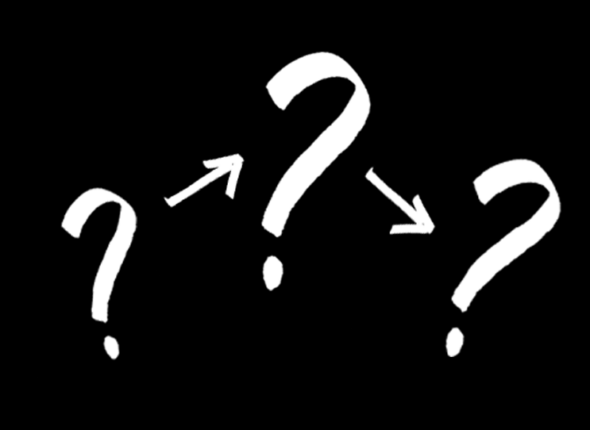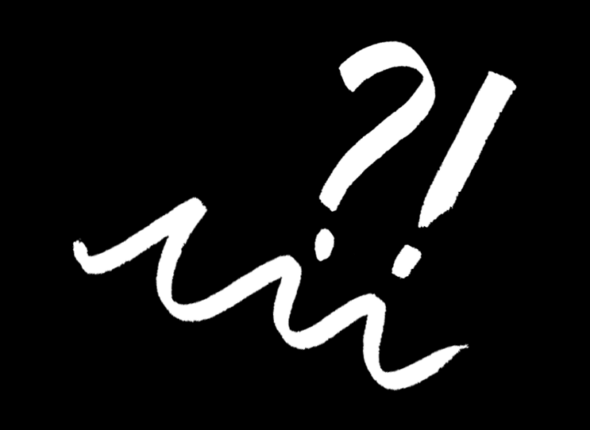-
-
-
-
-
Personas are fictional profiles crafted to embody a specific segment characterised by common interests. They serve as a "figure" for both client and design teams to interact with. These constructed characters symbolise diverse user types within an assumed user group, each with unique attitudes and behaviours. They help in categorising various traits such as behaviour patterns, objectives, competencies, attitudes, aspirations, requirements, and the surroundings of potential users relevant to the product, service, or any design-related challenge. As a tool, personas facilitate the analysis of qualitative user research and act as a source of inspiration and empathise phase.
Personas help design teams understand different user opinions, going beyond simple demographics to focus on real wants and needs. Although fictional, they reflect true motivations based on research feedback. This approach avoids assuming that all users are equal. Think of personas as social media biographies, created collaboratively to guide empathy and workshop discussions.
Implementation Steps of the Method
Personas can be created in a myriad of ways, but designers are recommended to follow this general formula:
- Interview and/or observe an adequate number of people.
- Find patterns in the interviewees’ responses and actions, and use those to group similar people together.
- Create archetypical models of those groups, based on the patterns found.
- Drawing from that understanding of users and the model of that understanding, create user-centred designs.
- Share those models with other team members and stakeholders.
Specify a definite user personas for inspirational development purposes based on collected user information.
- Persona Name
- Demographics
- Characteristic statement
- Goals
- Ambitions
- Influencers and activities
The key to a successful persona is how engaging it proves to be, and thus a wide range of techniques – from visual representations to detailed anecdotal profiles – can be used to bring these characters to life. Most personas are developed from research insights gathered from stakeholder maps, shadowing, interviews, and the like.
Personas are based on evidence:
- Gather the relevant user information you’ve uncovered, including:
- Research information you’ve uncovered.
- Any existing customer research you have. These might contain typologies.
- Other design activity that had produced typologies.
- User insight information.
- Decide which information is relevant. Condense the research. Look for themes/characteristics that are specific, relevant, and universal to the business and its users.
- Sketch out the persona based on what you know:
-
- Who they are – give them a name, and a description (e.g. Get-it-Done Dan – likes to do everything himself)
- What they do
- Based on your design parameters flesh out any information that is relevant (e.g. project is about a portal, include information on the Persona’s technology and interaction preferences)
- Include demographic information if it exists – this is optional
- A picture is useful to give a face to the name, but this and personal details are optional.
- Make them realistic: Develop the appropriate descriptions of each personas background, motivations, and expectations. Do not include a lot of personal information. Be relevant and serious; humour is not appropriate.
- Review and refine. Ask yourself the following questions:
-
- How realistic, convincing and coherent is the persona?
- Are the goals specific to the design problem?
Consider role-playing an interview with the persona to make sure you have captured the right kind of information. Remember that real users should also be engaged when testing your prototype.
Tips
- Create a fictional persona for one or more people representative of the group.
- Keep it simple.
- Make them real and compelling. Avoid clichés. Use a photo that fits the profile and brings the fictional persona to life.
Possible uses
- Inspiration to generate ideas
- Testing prototype
Template of persona:
NAME + AGE
LIVES IN
PRIVATE LIFE
PROFESSIONAL EXPERIENCE
Job title:
Organisation:
Other experiences:
Educational background:
ACTIVITY & BEHAVIOUR
Generation which:
His/her role mode is:
A well-known emotion:
Geographical orientation:
NEEDS
Pains:
Gains:
Information wants/needs:
QUOTE
Something you would hear him/her say:
INTERACTIONS
Places:
Events:
Communications channels:
You can download template here: PERSONA
Personas are fictional profiles crafted to embody a specific segment characterised by common interests. They serve as a "figure" for both client and design teams to interact with. These constructed characters symbolise diverse user types within an assumed user group, each with unique attitudes and behaviours. They help in categorising various traits such as behaviour patterns, objectives, competencies, attitudes, aspirations, requirements, and the surroundings of potential users relevant to the product, service, or any design-related challenge. As a tool, personas facilitate the analysis of qualitative user research and act as a source of inspiration and empathise phase.
Personas help design teams understand different user opinions, going beyond simple demographics to focus on real wants and needs. Although fictional, they reflect true motivations based on research feedback. This approach avoids assuming that all users are equal. Think of personas as social media biographies, created collaboratively to guide empathy and workshop discussions.
Implementation Steps of the Method
Personas can be created in a myriad of ways, but designers are recommended to follow this general formula:
- Interview and/or observe an adequate number of people.
- Find patterns in the interviewees’ responses and actions, and use those to group similar people together.
- Create archetypical models of those groups, based on the patterns found.
- Drawing from that understanding of users and the model of that understanding, create user-centred designs.
- Share those models with other team members and stakeholders.
Specify a definite user personas for inspirational development purposes based on collected user information.
- Persona Name
- Demographics
- Characteristic statement
- Goals
- Ambitions
- Influencers and activities
The key to a successful persona is how engaging it proves to be, and thus a wide range of techniques – from visual representations to detailed anecdotal profiles – can be used to bring these characters to life. Most personas are developed from research insights gathered from stakeholder maps, shadowing, interviews, and the like.
Personas are based on evidence:
- Gather the relevant user information you’ve uncovered, including:
- Research information you’ve uncovered.
- Any existing customer research you have. These might contain typologies.
- Other design activity that had produced typologies.
- User insight information.
- Decide which information is relevant. Condense the research. Look for themes/characteristics that are specific, relevant, and universal to the business and its users.
- Sketch out the persona based on what you know:
-
- Who they are – give them a name, and a description (e.g. Get-it-Done Dan – likes to do everything himself)
- What they do
- Based on your design parameters flesh out any information that is relevant (e.g. project is about a portal, include information on the Persona’s technology and interaction preferences)
- Include demographic information if it exists – this is optional
- A picture is useful to give a face to the name, but this and personal details are optional.
- Make them realistic: Develop the appropriate descriptions of each personas background, motivations, and expectations. Do not include a lot of personal information. Be relevant and serious; humour is not appropriate.
- Review and refine. Ask yourself the following questions:
-
- How realistic, convincing and coherent is the persona?
- Are the goals specific to the design problem?
Consider role-playing an interview with the persona to make sure you have captured the right kind of information. Remember that real users should also be engaged when testing your prototype.
Tips
- Create a fictional persona for one or more people representative of the group.
- Keep it simple.
- Make them real and compelling. Avoid clichés. Use a photo that fits the profile and brings the fictional persona to life.
Possible uses
- Inspiration to generate ideas
- Testing prototype
Template of persona:
NAME + AGE
LIVES IN
PRIVATE LIFE
PROFESSIONAL EXPERIENCE
Job title:
Organisation:
Other experiences:
Educational background:
ACTIVITY & BEHAVIOUR
Generation which:
His/her role mode is:
A well-known emotion:
Geographical orientation:
NEEDS
Pains:
Gains:
Information wants/needs:
QUOTE
Something you would hear him/her say:
INTERACTIONS
Places:
Events:
Communications channels:
You can download template here: PERSONA








